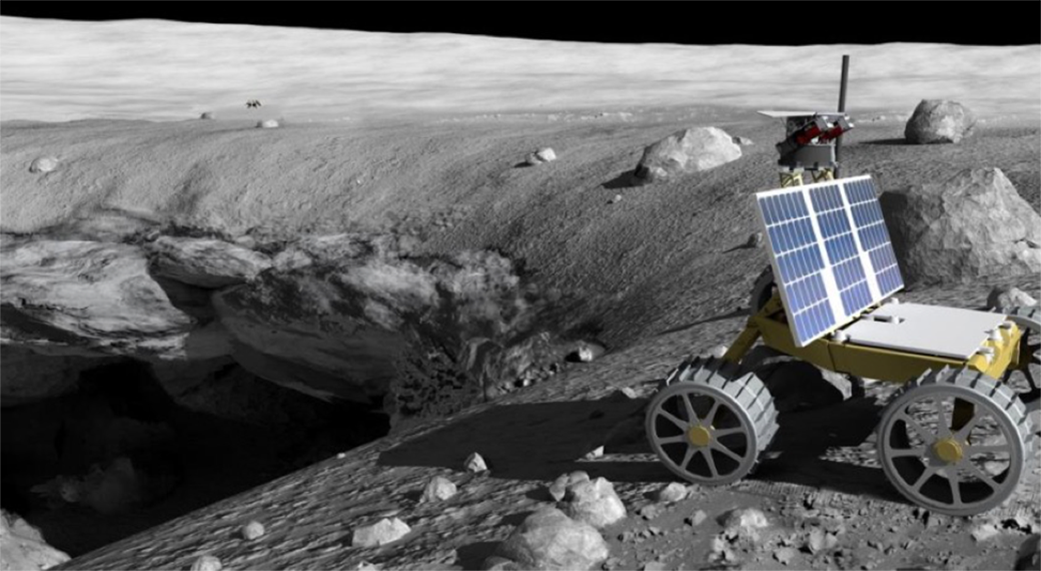William Whittaker
Robotic Technologies Enabling the Exploration of Lunar Pits
Current planetary rover exploration succeeds with big, slow, human-guided robots which spend years achieving exploration goals at creeping speeds. The small, short, data-limited lunar missions of our time cannot afford or tolerate those luxuries. These require fast, autonomous micro-roving which achieves significant exploration in a single lunar daylight period. This compels a body of breakthrough technology for such missions. This initiative matures and transitions that technology. The technology innovations are exploration autonomy, in-situ 3D modeling, fast, far micro-roving and the aggregate means to achieve mission-in-a-week. The exploration autonomy includes planning of destinations and viewpoints for autonomous observations. Insitu processing computes high-fidelity models of vast 3D features. Rover mobility, energetics, and rich computing support continuous driving for the requisite speed and range. The autonomy, roving, and scientific-grade modeling combine to enable stunning one-week missions like modeling of a lunar pit, which is the context of this proposal.
To exhibit the technology in action we conceive “Skylight” as a mission to explore and model a lunar pit. Planetary pits are visionary destinations for exploration and science. They are gateways to caves which offer havens for human habitation and clues regarding ancient life on Mars. Descent into and exploration of the subsurface will come, but pit-specific questions must first be answered from the surface: How navigable are the rims? Are there caves? Are there rappel routes? What is the morphology? Specifically, a mission of this type would create and downlink the first high-res, science-quality, 3D model of a vast planetary pit. Such a mission would determine the navigability, existence of overlooks and rappel routes, terrain detail, and appearance of the rim. It would evaluate performance of the enabling technologies in mission context. The initiative’s benefit to NASA are (1) as a leap of autonomy, in-situ processing of data products, and fast, far roving relevant to all surface missions, (2) the science gained from actual missions such as pit exploration, ice characterization, and magnetic swirl analysis, and (3) its multi-mission relevance to the small, serial lunar CLPS-class landing opportunities of our time.
2019 Phase I, II, and III Selections
































